3rd Grade Math Worksheets: 3rd Grade Math Worksheets Free And Printable
Worksheets needn’t be dull. Think of a classroom humming with energy or a calm corner where children eagerly complete their tasks. With a sprinkle of creativity, worksheets can change from plain tasks into engaging aids that encourage discovery. No matter if you’re a mentor designing lesson plans, a home educator looking for options, or simply an individual who loves teaching fun, these worksheet suggestions will ignite your vision. Come on and step into a universe of possibilities that mix education with pleasure.
3Rd Grade Fractions Worksheets - Sixteenth Streets
 sixteenthstreetsynagogue.org3rd Grade Math Worksheets Multiplication Printable - Free Printable
sixteenthstreetsynagogue.org3rd Grade Math Worksheets Multiplication Printable - Free Printable
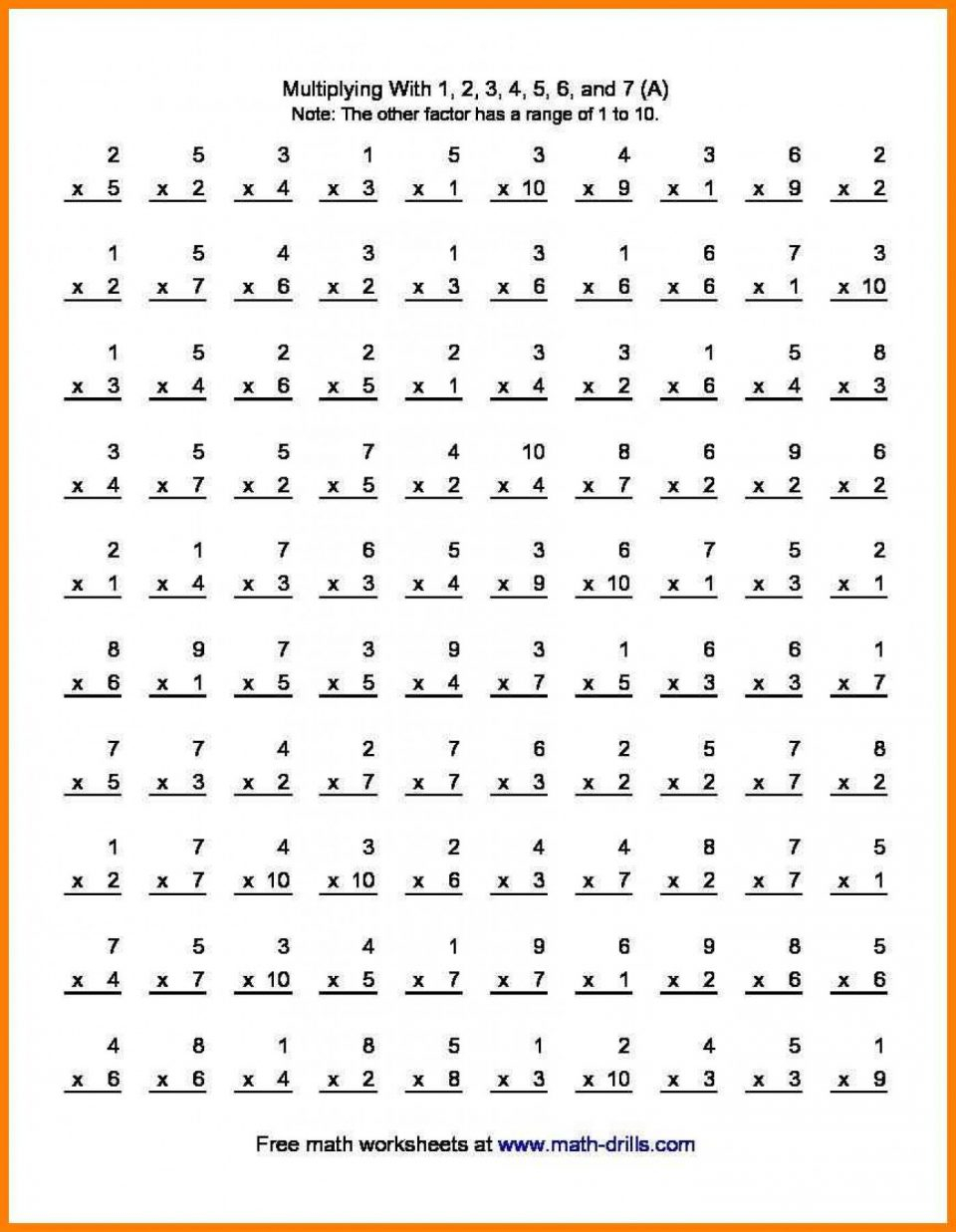 timestablesworksheets.commultiplication improve
timestablesworksheets.commultiplication improve
Free Printable Math Worksheets For 3rd Grade | Common Core Worksheets
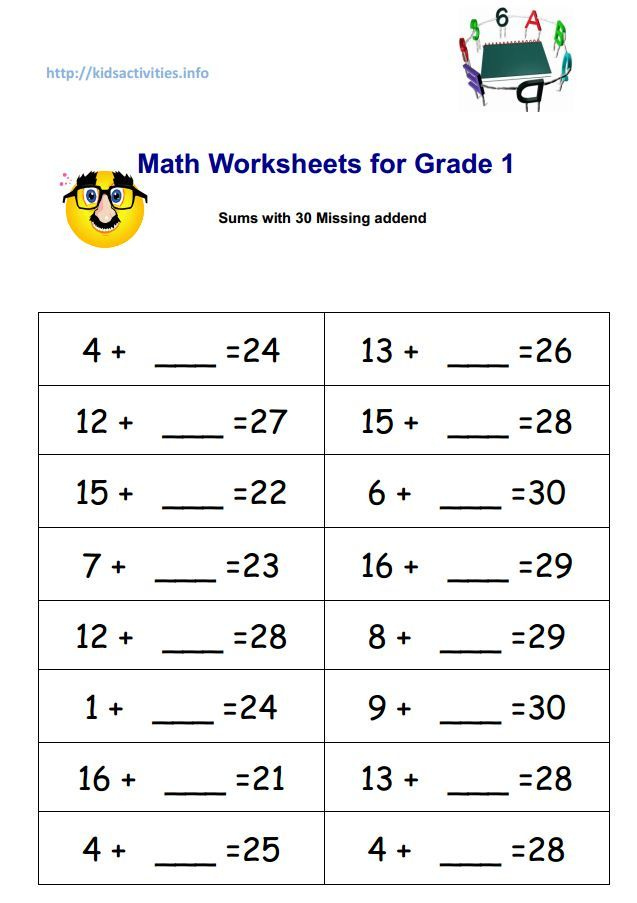 commoncore-worksheets.comFree Printable Math Worksheets For 3rd Grade Addition | Elcho Table
commoncore-worksheets.comFree Printable Math Worksheets For 3rd Grade Addition | Elcho Table
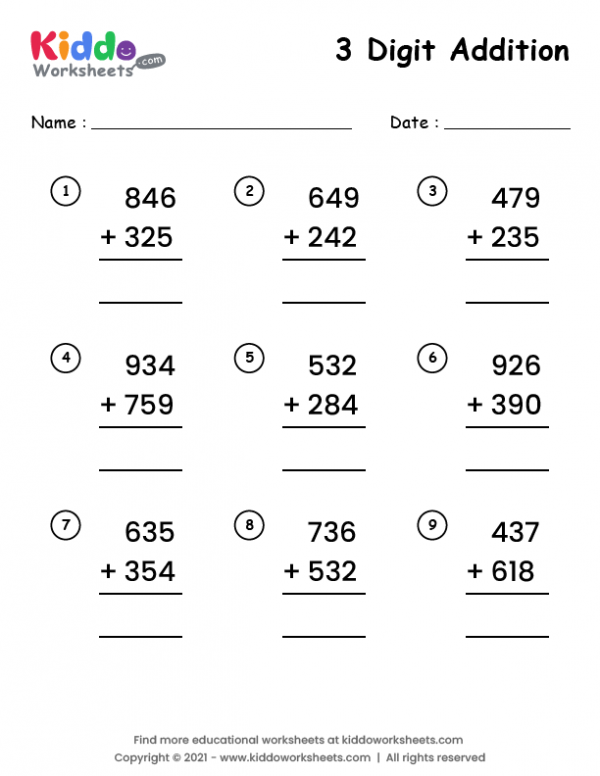 elchoroukhost.net3rd Grade Math Worksheets Free And Printable - Appletastic Learning
elchoroukhost.net3rd Grade Math Worksheets Free And Printable - Appletastic Learning
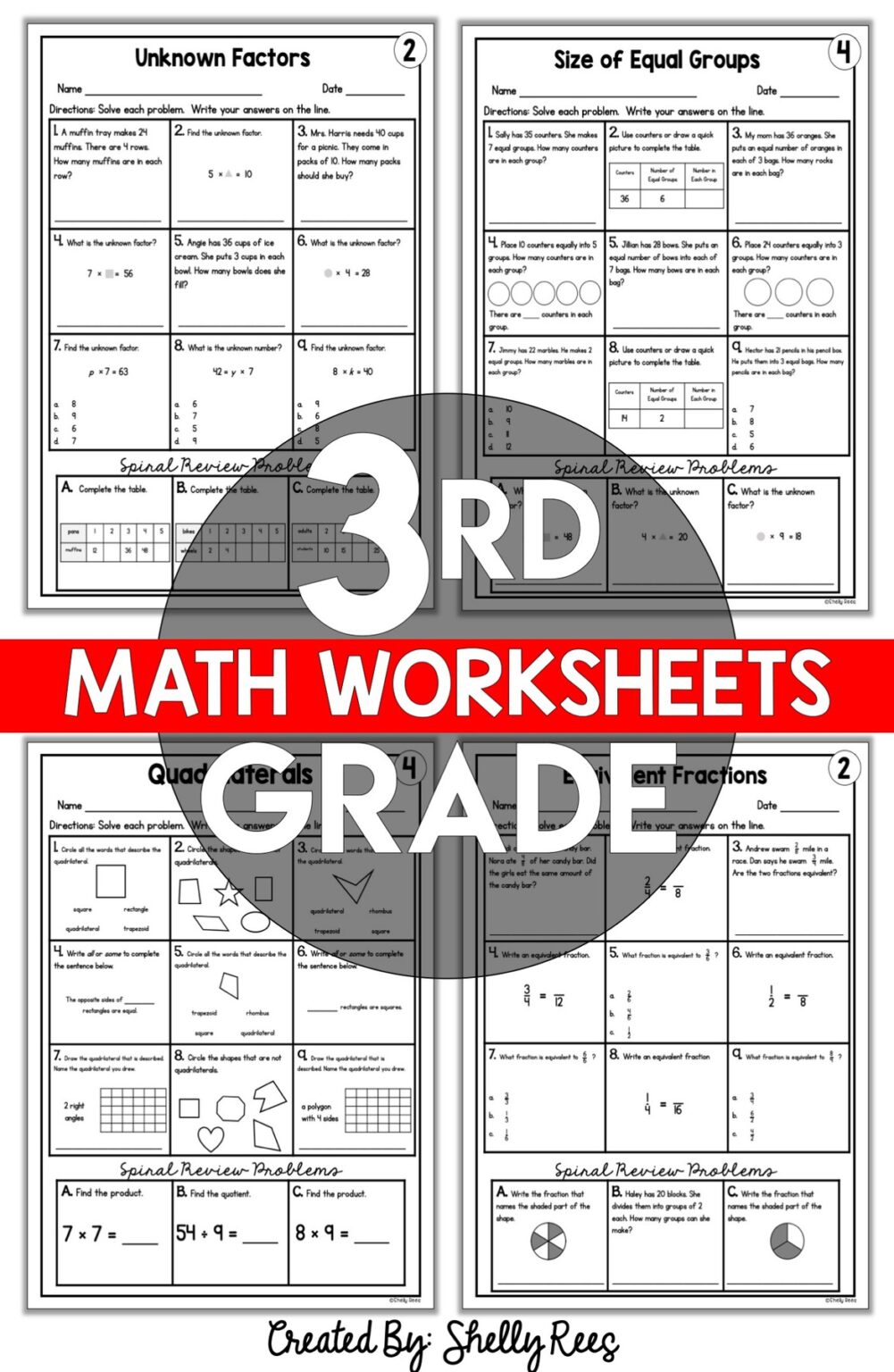 appletasticlearning.com3rd Grade Math Worksheets Printable Free Pdf
appletasticlearning.com3rd Grade Math Worksheets Printable Free Pdf
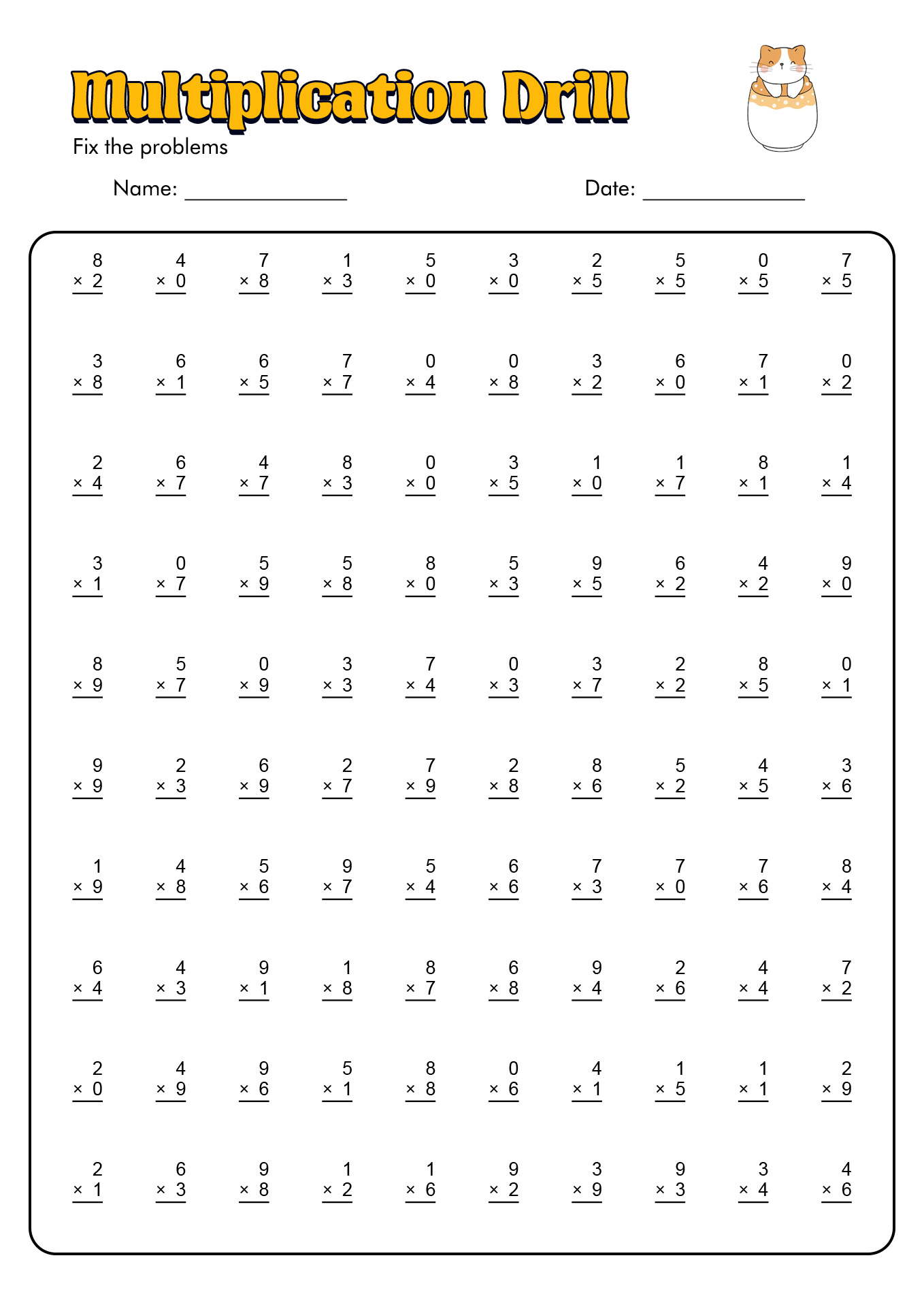 learningschoolgansuzp.z21.web.core.windows.netAddition Subtraction And Multiplication Worksheets For Grade 3 - Free
learningschoolgansuzp.z21.web.core.windows.netAddition Subtraction And Multiplication Worksheets For Grade 3 - Free
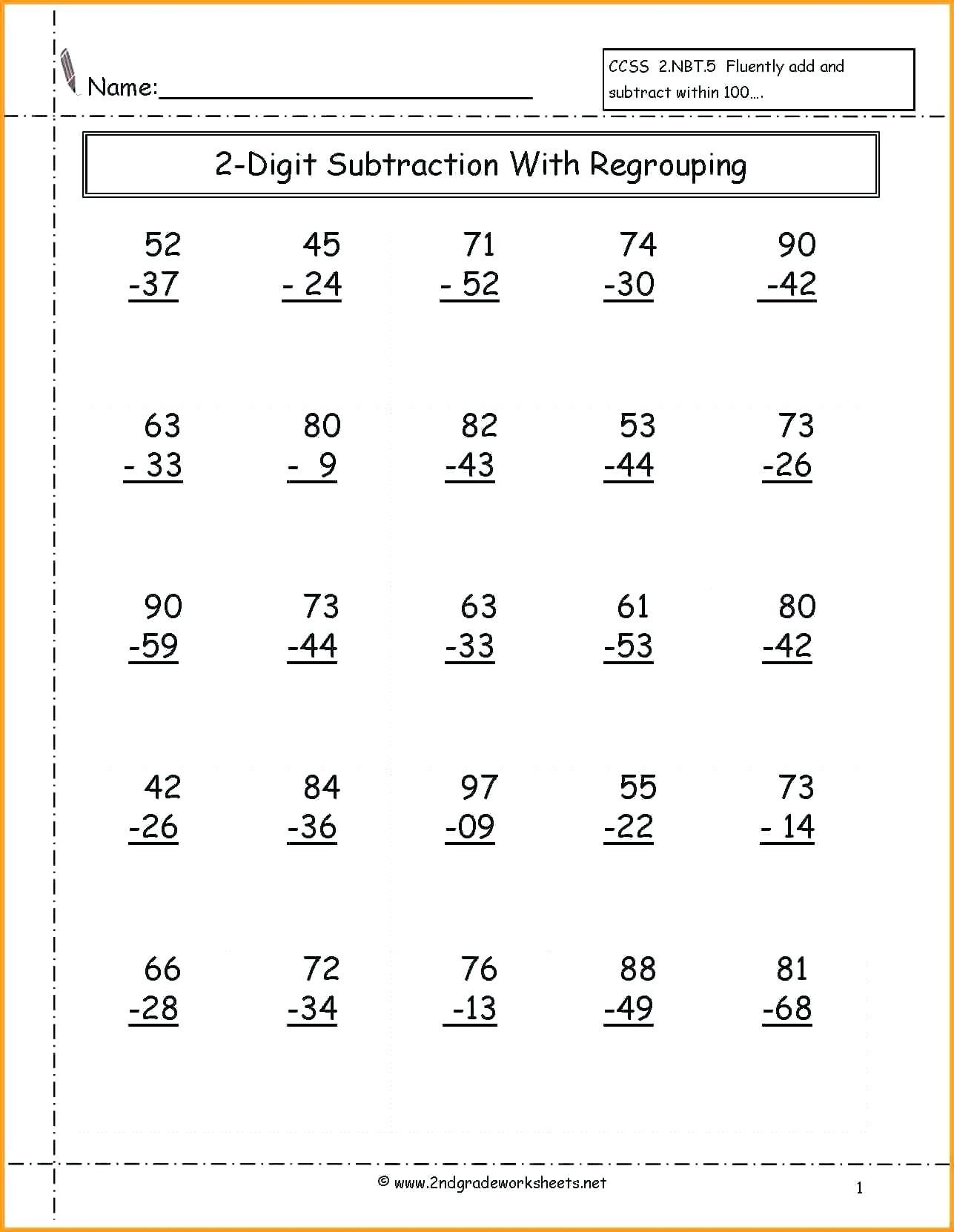 timestablesworksheets.comgrade subtraction multiplication adding printable digit printouts fact secon
timestablesworksheets.comgrade subtraction multiplication adding printable digit printouts fact secon
3rd Grade Math Worksheets Multiplication Rounding Off Compare And Order
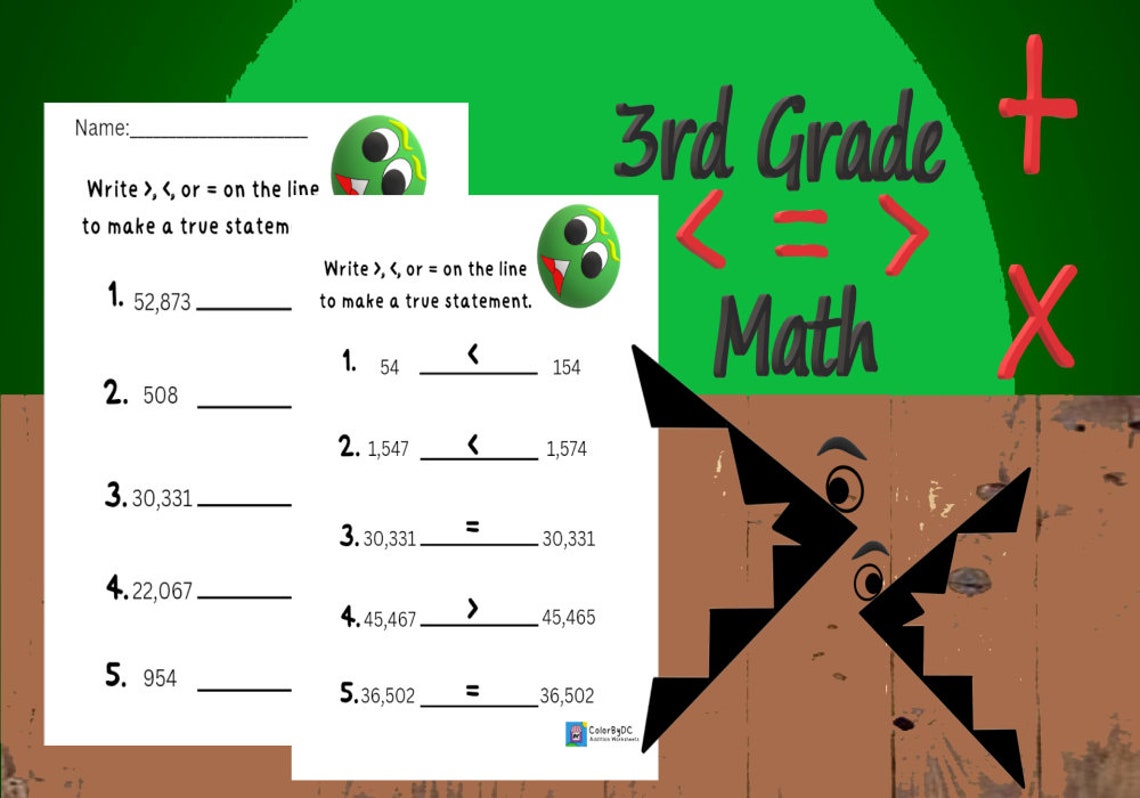 www.etsy.comFree Printable Math Worksheets For 3rd Grade | Printable Worksheets
www.etsy.comFree Printable Math Worksheets For 3rd Grade | Printable Worksheets
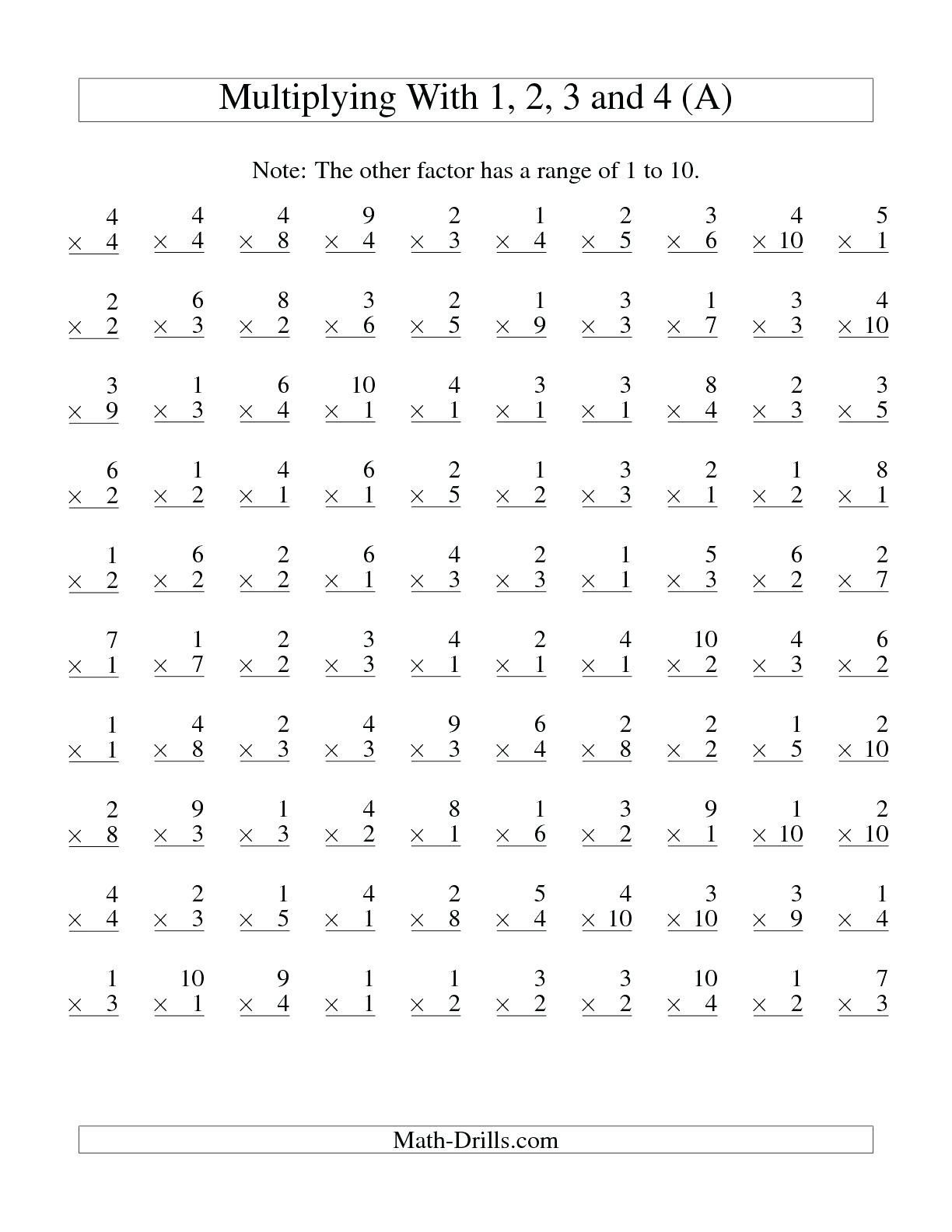 printablesworksheets.comColor By Number Math Worksheets 3rd Grade
printablesworksheets.comColor By Number Math Worksheets 3rd Grade
 printableschoolrefloats.z13.web.core.windows.netWhy Worksheets Count Worksheets are greater than only basic tasks. They boost skills, encourage personal exploration, and provide a concrete tool to measure growth. But check out the twist: when they’re thoughtfully designed, they can additionally be fun. Can you ever considered how a worksheet could act as a challenge? Or how it might inspire a student to discover a area they’d otherwise avoid? The trick lies in mixing it up and fresh ideas, which we’ll look at through realistic, engaging suggestions.
printableschoolrefloats.z13.web.core.windows.netWhy Worksheets Count Worksheets are greater than only basic tasks. They boost skills, encourage personal exploration, and provide a concrete tool to measure growth. But check out the twist: when they’re thoughtfully designed, they can additionally be fun. Can you ever considered how a worksheet could act as a challenge? Or how it might inspire a student to discover a area they’d otherwise avoid? The trick lies in mixing it up and fresh ideas, which we’ll look at through realistic, engaging suggestions.
1. Tale Building Through Fill in the Blanks Instead of standard blank completion exercises, test out a narrative angle. Provide a short, odd plot starter like, “The adventurer wandered onto a bright land where…” and add gaps for verbs. Learners plug in them in, crafting wild narratives. This is not simply word drill; it’s a creativity lifter. For small kids, include silly cues, while bigger learners could handle detailed words or event twists. What narrative would you write with this plan?
2. Brain Teasing Arithmetic Activities Numbers doesn’t have to feel like a task. Build worksheets where working through equations reveals a mystery. See this: a grid with figures scattered throughout it, and each accurate result shows a bit of a hidden scene or a hidden phrase. Instead, design a grid where hints are arithmetic exercises. Simple addition tasks would suit beginners, but for advanced learners, tricky equations could spice everything up. The active act of working keeps learners hooked, and the payoff? A vibe of triumph!
3. Quest Type Research Turn learning into an quest. Design a worksheet that’s a scavenger hunt, directing children to locate facts about, maybe, wildlife or old time people. Include questions like “Search for a animal that dozes” or “List a hero who governed earlier than 1800.” They can search texts, online sources, or even ask friends. Due to the activity feels like a journey, excitement skyrockets. Join this with a bonus question: “What single detail stunned you biggest?” All of a sudden, boring work transforms into an fun exploration.
4. Sketching Blends with Education Who thinks worksheets can’t be bright? Join drawing and knowledge by adding space for illustrations. In science, children would label a animal structure and doodle it. History fans could sketch a moment from the Civil War after answering questions. The process of sketching boosts recall, and it’s a break from dense papers. For fun, prompt them to create anything wild related to the theme. What kind would a animal piece seem like if it planned a celebration?
5. Pretend Setups Capture dreams with role play worksheets. Supply a scenario—perhaps “You’re a chief organizing a city festival”—and include challenges or steps. Students might work out a amount (math), create a message (English), or plan the party (geography). Even though it’s a worksheet, it looks like a challenge. Complex scenarios can challenge bigger learners, while smaller ones, like organizing a friend parade, fit early learners. This method blends subjects seamlessly, revealing how tools relate in actual situations.
6. Pair Up Words Vocabulary worksheets can pop with a mix and match flair. Write words on one column and funny descriptions or samples on the right, but add in a few tricks. Learners connect them, laughing at crazy mistakes before locating the right pairs. Alternatively, pair terms with pictures or related words. Brief statements ensure it crisp: “Link ‘happy’ to its sense.” Then, a more detailed challenge pops up: “Write a phrase featuring both connected words.” It’s joyful yet learning focused.
7. Real World Challenges Shift worksheets into the present with everyday jobs. Give a task like, “How would you lower mess in your place?” Students brainstorm, write plans, and explain a single in specifics. Or test a budgeting task: “You’ve own $50 for a party—what items do you purchase?” These exercises grow important skills, and because they’re real, kids keep interested. Consider for a bit: how frequently do a person fix issues like these in your real day?
8. Interactive Team Worksheets Group effort can lift a worksheet’s power. Design one for cozy teams, with every child taking on a part before linking ideas. In a past class, a single might jot dates, another moments, and a next effects—all connected to a lone topic. The team then discusses and shows their effort. Even though own effort matters, the common goal grows collaboration. Exclamations like “Us nailed it!” often follow, showing education can be a team sport.
9. Secret Figuring Sheets Use curiosity with secret based worksheets. Begin with a puzzle or lead—maybe “A animal dwells in water but inhales the breeze”—and give tasks to narrow it down. Students use thinking or study to answer it, writing ideas as they move. For stories, pieces with lost details fit too: “Which person took the treasure?” The excitement grabs them engaged, and the task hones deep abilities. What kind of secret would someone enjoy to crack?
10. Reflection and Goal Setting Wrap up a section with a thoughtful worksheet. Prompt kids to write in items they picked up, what challenged them, and just one plan for later. Simple cues like “I’m happy of…” or “Soon, I’ll test…” shine wonders. This doesn’t get graded for perfection; it’s about knowing oneself. Join it with a playful twist: “Make a award for a skill you rocked.” It’s a peaceful, amazing method to wrap up, fusing introspection with a dash of fun.
Tying It All Up These plans demonstrate worksheets aren’t caught in a slump. They can be riddles, narratives, drawing pieces, or team challenges—any style matches your children. Kick off small: grab one plan and tweak it to suit your subject or way. In no time too long, you’ll have a set that’s as exciting as the learners using it. So, what’s stopping you? Pick up a pen, brainstorm your special twist, and observe fun soar. What idea will you use at the start?